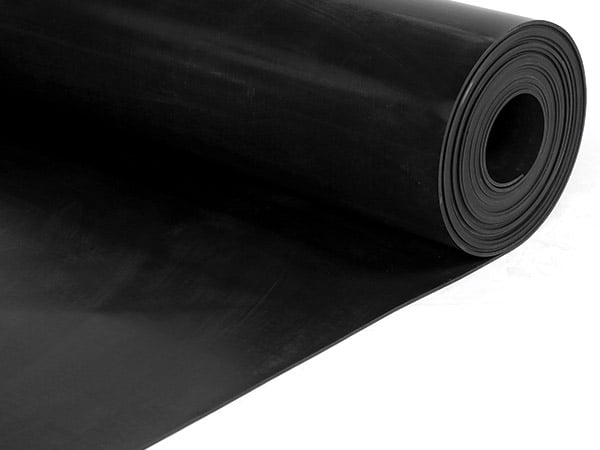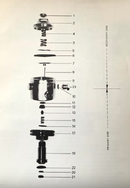Hey guys,
I have begun producing LP seats out of 1/16 EPDM and a 9/32 punch. I would like to now produce some LP Diaphragms as well.
I have had some success making the LP seats fit in the Poseidon Cyklon (don’t want to pay $20 a piece) but I haven’t found a good price for the 1189 diaphragms found in the Cyklon 300 reg and others.
After studying the material, it appears that the diaphragms are made of a fabric reinforced neoprene sheet.
I measured my used 1189 diaphragm and it is a hair over 36mm in diameter. Maybe that is because it has been in the reg for 30 years and has extruded slightly past 36mm. The thickness was also hard to gauge, but it was in the 2mm (80 thou) range.
I also compared a US Divers style LP diaphragm. It was made/procured from The Scuba Museum and is not the best quality. The thickness is 100 thou, which is thicker than the original. It is roughly 35mm in diameter.
Obviously, there are tolerances and these parts can be thicker or thinner and still function.
My idea is to use 1/16 material from McMaster Carr
SKU: 8698K71
punched out with 35 and 36mm punches
Erik
I have begun producing LP seats out of 1/16 EPDM and a 9/32 punch. I would like to now produce some LP Diaphragms as well.
I have had some success making the LP seats fit in the Poseidon Cyklon (don’t want to pay $20 a piece) but I haven’t found a good price for the 1189 diaphragms found in the Cyklon 300 reg and others.
After studying the material, it appears that the diaphragms are made of a fabric reinforced neoprene sheet.
I measured my used 1189 diaphragm and it is a hair over 36mm in diameter. Maybe that is because it has been in the reg for 30 years and has extruded slightly past 36mm. The thickness was also hard to gauge, but it was in the 2mm (80 thou) range.
I also compared a US Divers style LP diaphragm. It was made/procured from The Scuba Museum and is not the best quality. The thickness is 100 thou, which is thicker than the original. It is roughly 35mm in diameter.
Obviously, there are tolerances and these parts can be thicker or thinner and still function.
My idea is to use 1/16 material from McMaster Carr
SKU: 8698K71
punched out with 35 and 36mm punches
Erik







